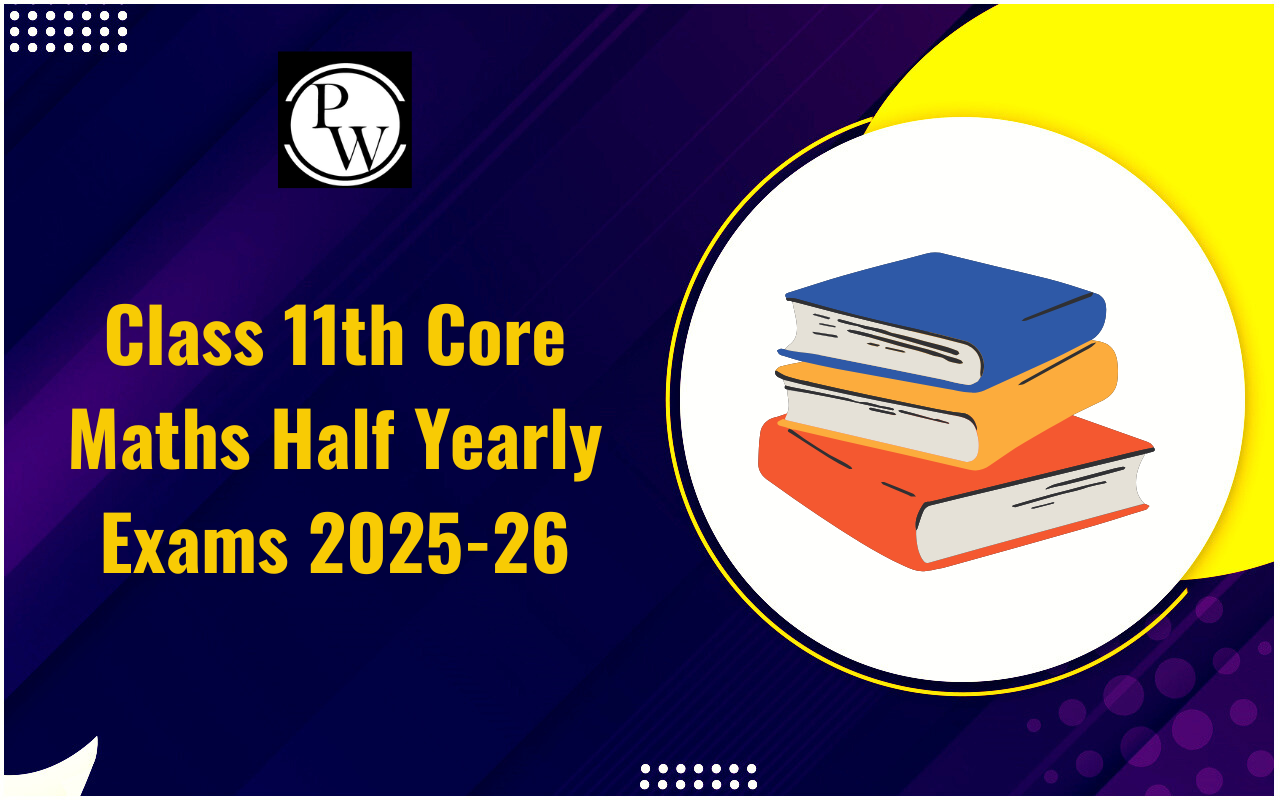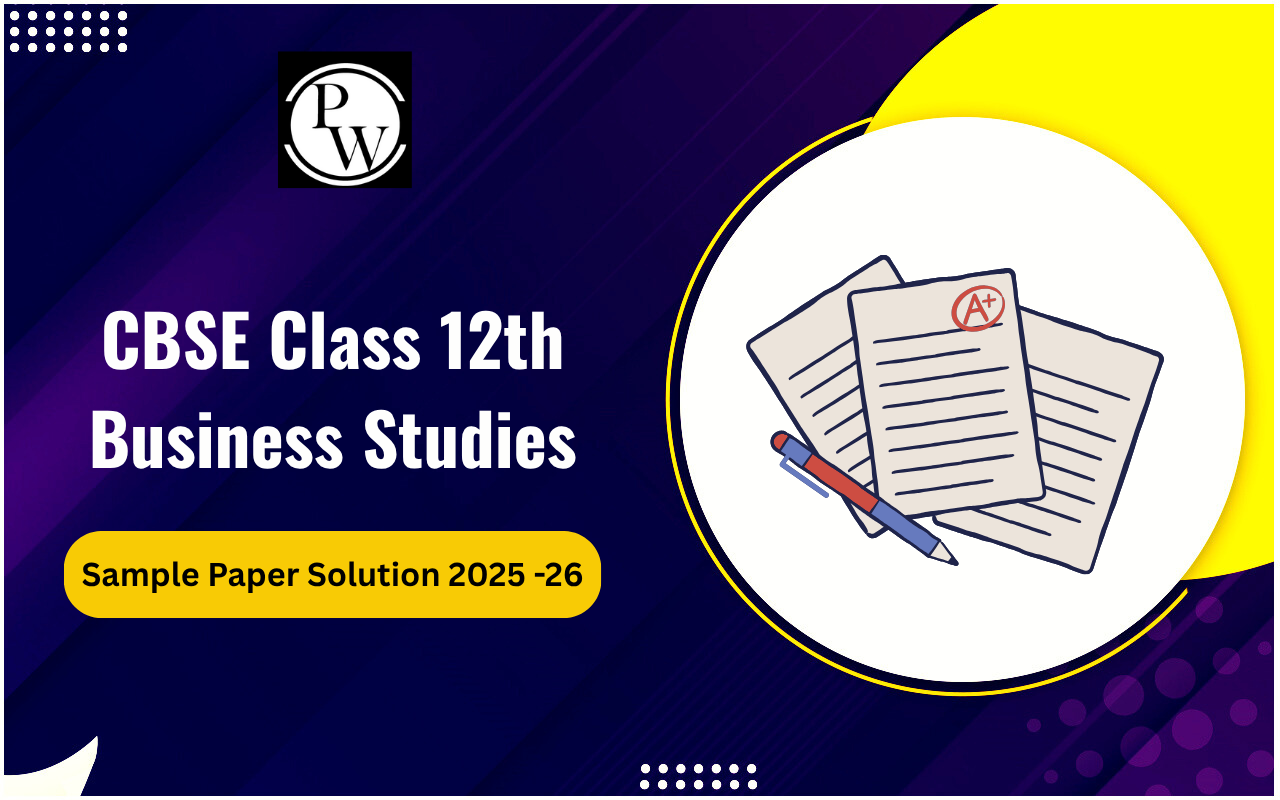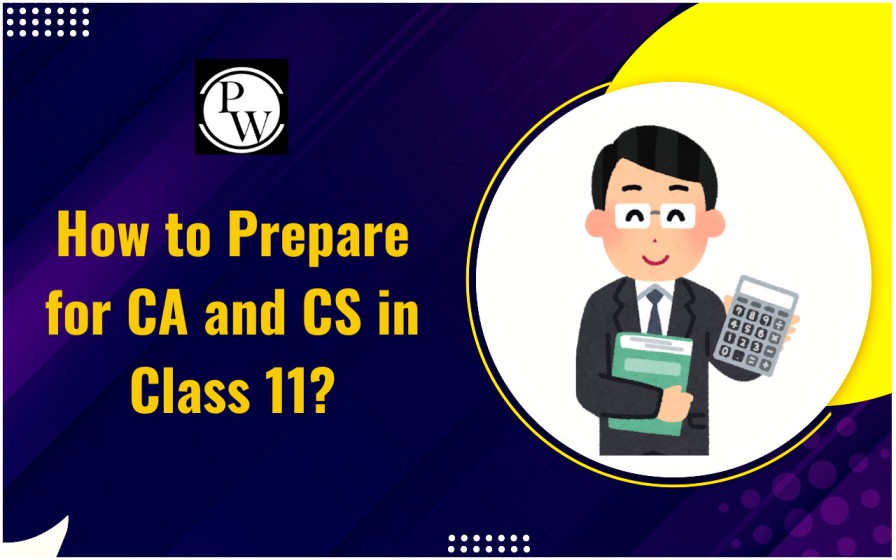
A Trial Balance is an essential accounting tool that verifies the mathematical accuracy of ledger entries. It ensures that the total debits equal the total credits, forming the basis for financial statements. However, discrepancies may arise due to errors, making it vital to understand the steps to locate errors in a trial balance. This blog provides a comprehensive guide to understanding the trial balance, common errors, and an effective error detection process.
What is a Trial Balance?
A Trial Balance is a statement that lists the debit and credit balances of all ledger accounts. It helps accountants identify errors and ensures that financial data is recorded accurately. The main purpose of a trial balance is to detect any discrepancies in the ledger accounts before proceeding to financial statements.Steps to Prepare a Trial Balance
Before diving into the steps to locate errors in a trial balance, it's essential to create the trial balance correctly. Follow these steps: Verify Ledger Balances: Determine the final balance for each account by subtracting total credits from total debits. Post to Trial Balance: Record each account’s balance under the debit or credit column, depending on its nature. Total the Columns: Add the debit and credit balances separately. Check for Equality: Confirm that the sum of debit balances equals the sum of credit balances. If not, you will need to follow the steps to locate errors in a trial balance.Common Errors in a Trial Balance
Errors in the trial balance occur due to unintentional mistakes during the recording, posting, or balancing of transactions. Some common errors include:Errors of Commission:
Mistakes in recording, posting, or totaling transactions. Example: Incorrectly recording a transaction in the ledger.Errors of Omission:
Complete or partial omission of transactions. Partial omissions affect the trial balance and must be identified using the steps to locate errors in a trial balance.Errors of Principle:
Transactions were recorded incorrectly due to violating accounting principles. Example: Treating a capital expense as a revenue expense.Compensating Errors:
Two or more errors cancel each other out. These errors are challenging to detect using regular steps to locate errors in a trial balance.Recommended Books for Accounts: CBSE Class 11 Accountancy Volume 1
Steps to Locate Errors in a Trial Balance
If the debit and credit columns of the trial balance do not match, follow these steps to locate errors in a trial balance systematically:Recheck Totals:
Verify the addition of both debit and credit columns. Mistakes in totaling can cause imbalances.Compare Ledger Balances:
Match each ledger account’s balance with its corresponding entry in the trial balance.Inspect Placement:
Ensure that all balances are placed in the correct columns. For instance, expenses and assets should be under debit, while liabilities and income should be under credit.Determine the Difference:
Identify the exact difference in the trial balance. If divisible by 9, it may indicate a transposition error (e.g., ₹759 recorded as ₹579).Review Subsidiary Books:
Recalculate the totals in books like the sales and purchases journal. Errors in these books often lead to discrepancies.Recommended Books for Accounts: CBSE Class 11 Accountancy Volume 2
Check Omitted Accounts:
Ensure no accounts have been left out of the trial balance. This is a critical step in the steps to locate errors in a trial balance.Examine Previous Records:
Compare current account balances with those from the previous period. Significant variations could indicate errors.Investigate Posting Errors:
Check for incorrect postings, such as double entries or entries on the wrong side of the ledger.Review Suspense Accounts:
If the errors cannot be located, temporarily transfer the difference to a suspense account and continue investigating using other steps to locate errors in a trial balance.Verify Ledger Balancing:
Recalculate the balances of all ledger accounts to rule out errors in totaling or carrying forward.Importance of Locating Errors
Using the steps to locate errors in a trial balance ensures that financial records are accurate. An imbalance in the trial balance can affect the preparation of financial statements, leading to incorrect profit or loss figures and an inaccurate balance sheet.Rectification of Errors
After identifying errors using the steps to locate errors in a trial balance, it is crucial to correct them. This process, called rectification of errors, involves passing journal entries to fix discrepancies. The goal is to:- Prepare accurate financial records.
- Ensure correct profit or loss calculation.
- Reflect the true financial position of the organization.
Steps to Locate Errors in a Trial Balance FAQs
What is the purpose of a trial balance?
The trial balance ensures the arithmetic accuracy of ledger entries by verifying that the total debits equal the total credits. It helps detect errors in the accounting records before preparing financial statements.
What are the common errors that affect the trial balance?
Common errors include errors of omission, errors of commission, errors of principle, and compensating errors. These errors can arise during recording, posting, or totaling transactions.
What are the most effective steps to locate errors in a trial balance?
The most effective steps include:
Rechecking the totals of debit and credit columns.
Comparing ledger balances with trial balance entries.
Identifying and correcting omissions or incorrect postings.
Reviewing subsidiary books and ledger accounts.
What is a suspense account, and how is it used in locating errors?
A suspense account is a temporary account used to record the difference in the trial balance when errors cannot be immediately located. It allows accountants to proceed with the preparation of financial statements while continuing the error-detection process.
Why is it important to follow systematic steps to locate errors in a trial balance?
Systematic steps help identify and correct discrepancies efficiently, ensuring accurate financial reporting. Errors left undetected can lead to incorrect financial statements, impacting the organization’s decision-making and compliance.
Talk to a counsellorHave doubts? Our support team will be happy to assist you!

Check out these Related Articles
Free Learning Resources
PW Books
Notes (Class 10-12)
PW Study Materials
Notes (Class 6-9)
Ncert Solutions
Govt Exams
Class 6th to 12th Online Courses
Govt Job Exams Courses
UPSC Coaching
Defence Exam Coaching
Gate Exam Coaching
Other Exams
Know about Physics Wallah
Physics Wallah is an Indian edtech platform that provides accessible & comprehensive learning experiences to students from Class 6th to postgraduate level. We also provide extensive NCERT solutions, sample paper, NEET, JEE Mains, BITSAT previous year papers & more such resources to students. Physics Wallah also caters to over 3.5 million registered students and over 78 lakh+ Youtube subscribers with 4.8 rating on its app.
We Stand Out because
We provide students with intensive courses with India’s qualified & experienced faculties & mentors. PW strives to make the learning experience comprehensive and accessible for students of all sections of society. We believe in empowering every single student who couldn't dream of a good career in engineering and medical field earlier.
Our Key Focus Areas
Physics Wallah's main focus is to make the learning experience as economical as possible for all students. With our affordable courses like Lakshya, Udaan and Arjuna and many others, we have been able to provide a platform for lakhs of aspirants. From providing Chemistry, Maths, Physics formula to giving e-books of eminent authors like RD Sharma, RS Aggarwal and Lakhmir Singh, PW focuses on every single student's need for preparation.
What Makes Us Different
Physics Wallah strives to develop a comprehensive pedagogical structure for students, where they get a state-of-the-art learning experience with study material and resources. Apart from catering students preparing for JEE Mains and NEET, PW also provides study material for each state board like Uttar Pradesh, Bihar, and others
Copyright © 2025 Physicswallah Limited All rights reserved.
Get App









